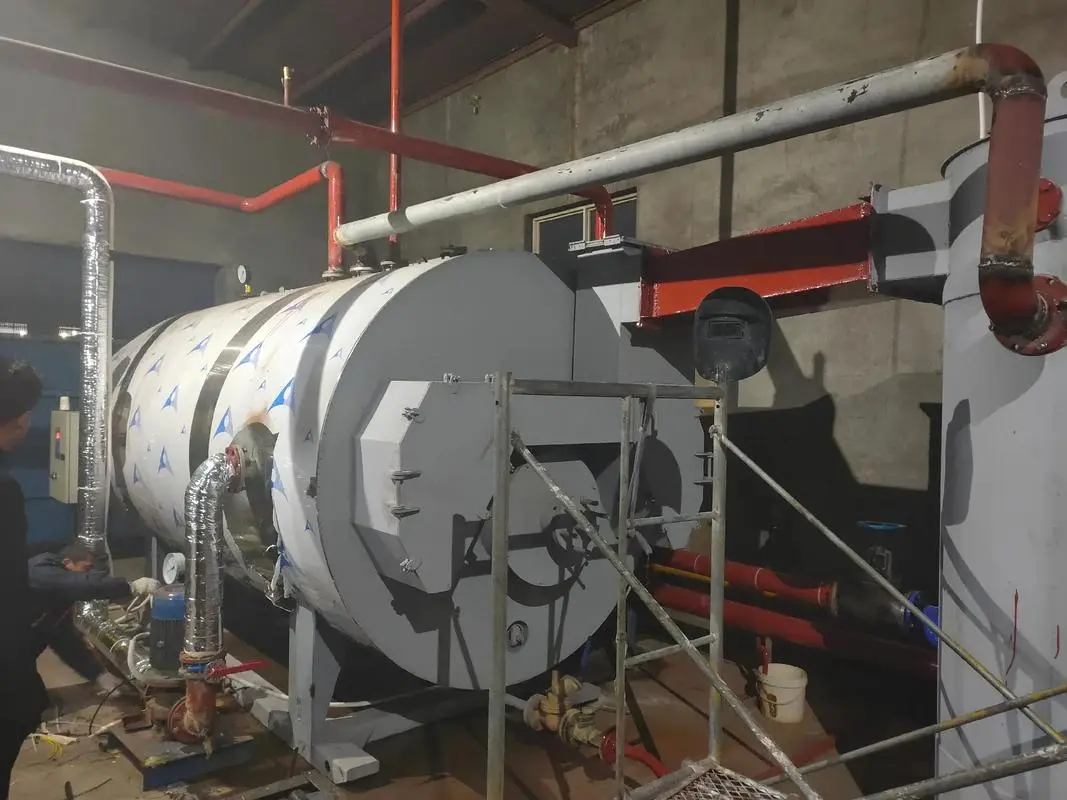
Oct . 11, 2024 07:27 Back to list
steam boiler pdf
Understanding Steam Boilers A Comprehensive Overview
Steam boilers are a pivotal component in various industrial processes, heating systems, and power generation facilities. These devices convert water into steam through the application of heat, which can then be utilized for various purposes, ranging from providing heat to buildings to generating electricity in power plants. Understanding the fundamentals of steam boilers is crucial for anyone involved in mechanical engineering, energy management, or industrial operations.
The Basic Principle
At its core, a steam boiler operates on a simple principle heat is applied to water to produce steam, which expands and creates pressure. This process relies on the laws of thermodynamics, specifically the conversion of thermal energy into mechanical energy. The steam generated can then be used to drive turbines, provide heating for industrial processes, or facilitate other forms of energy transfer.
Types of Steam Boilers
There are several types of steam boilers, each designed for specific applications and efficiency requirements. The most common types include
1. Fire-Tube Boilers These boilers consist of tubes through which hot gases pass, surrounding the water-filled vessel. The heat from the gases warms the water, creating steam. Fire-tube boilers are known for their simplicity and lower initial costs but may have limitations in terms of pressure and efficiency for larger applications.
2. Water-Tube Boilers In contrast to fire-tube boilers, water-tube boilers have water-filled tubes that are heated by hot gases. This design allows for higher pressure capabilities, making them suitable for larger and more demanding industrial applications. Water-tube boilers are often more efficient and can respond quickly to fluctuations in steam demand.
3. Electric Boilers Utilizing electric resistance to heat water, electric boilers offer a compact and efficient alternative. They are often used in small-scale applications or where emissions control is critical since they can operate without burning fossil fuels.
Key Components
A steam boiler system comprises several key components essential for its operation
steam boiler pdf

- Burner This is responsible for igniting the fuel (gas, oil, or solid) and generating the heat needed to produce steam.
- Heat Exchanger Transfers heat from the combustion gases to the water, maximizing energy efficiency.
- Steam Drum This is the vessel where steam separates from water. It is crucial for maintaining the desired pressure and quality of the steam.
- Control Systems Modern steam boilers are equipped with advanced control systems that monitor pressure, temperature, and water level, ensuring safe and efficient operation.
Safety Considerations
Safety is paramount when operating steam boilers, as they operate under high pressure and temperature conditions. Key safety measures include regular maintenance, pressure relief valves, and operational training for personnel. Adhering to industry standards and regulations, such as those set by the American Society of Mechanical Engineers (ASME), is essential for ensuring the reliability and safety of steam boiler systems.
Efficiency and Sustainability
Efficiency in steam boilers has become increasingly important due to rising energy costs and environmental concerns. Many modern boilers are designed to operate at higher efficiencies, incorporating technologies like condensing heat exchangers and economizers. Additionally, there is a growing trend towards the use of alternative fuels, including biomass and biofuels, to make steam generation more sustainable.
Conclusion
Steam boilers are integral to many industrial processes and applications, providing essential heat and power. Understanding their operation, types, and key components is vital for anyone engaged in energy and mechanical engineering. As technology advances, the focus on efficiency, safety, and sustainability will continue to shape the evolution of steam boilers, ensuring they meet the demands of modern industry while minimizing environmental impact. Whether for heating, processing, or power generation, steam boilers will remain a cornerstone of industrial operations for years to come.
-
Efficient Biomass Fired Hot Water Boiler | AI Heating Solution
NewsAug.01,2025
-
High-Efficiency Gas Thermal Oil Boilers | HPT Models
NewsJul.31,2025
-
Oil Fired Hot Water Boilers Sale - High Efficiency & Affordable
NewsJul.31,2025
-
High-Efficiency Commercial Oil Fired Steam Boiler for Industry
NewsJul.30,2025
-
High-Efficiency Biomass Fired Thermal Oil Boiler Solutions
NewsJul.30,2025
-
High Efficiency Gas Fired Thermal Oil Boiler for Industrial Heating
NewsJul.29,2025
Related PRODUCTS






















